Home>Articles>How To Stop Water From Coming In A Basement Window
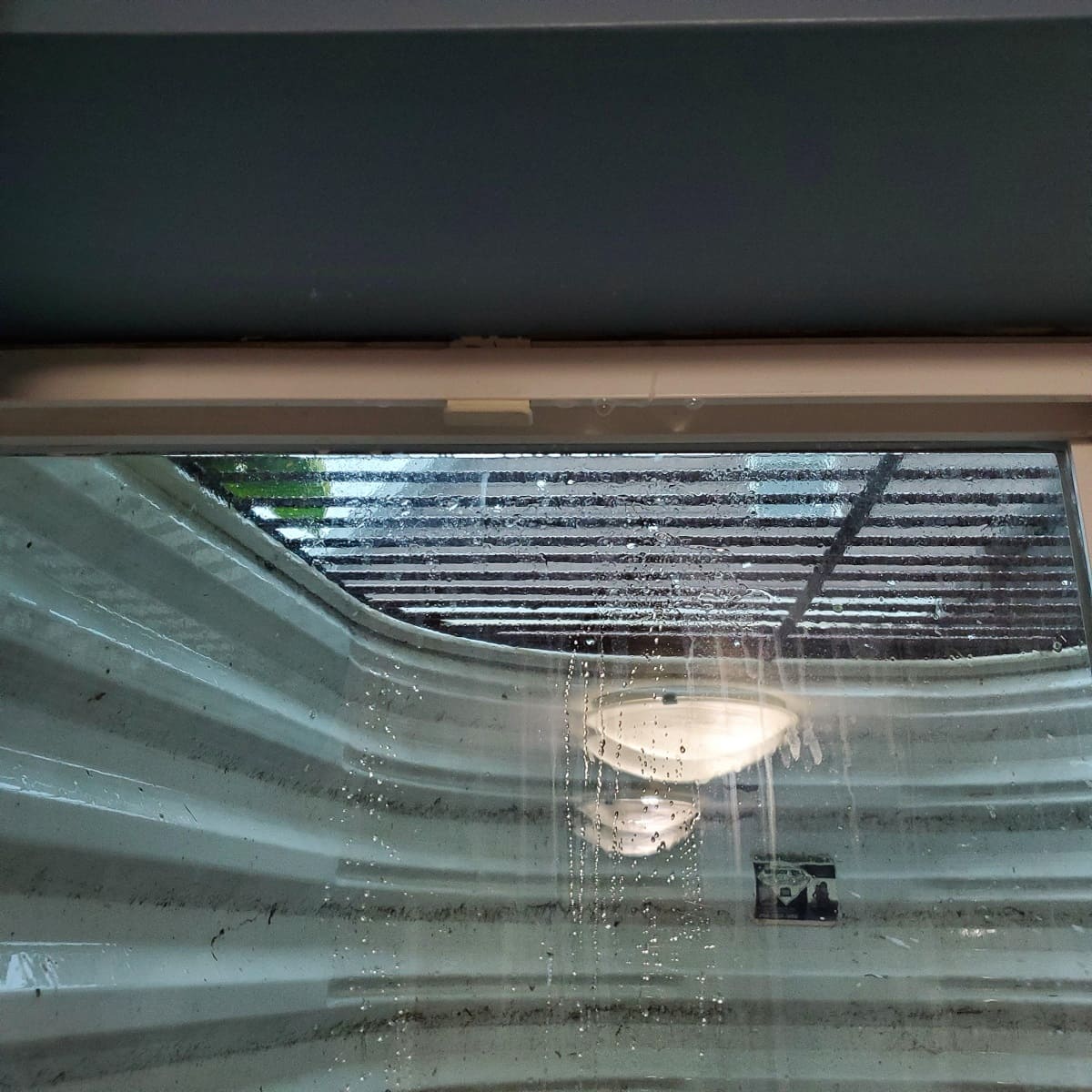

Articles
How To Stop Water From Coming In A Basement Window
Modified: February 24, 2024
Learn effective techniques and solutions to prevent water from entering your basement window with these insightful articles.
(Many of the links in this article redirect to a specific reviewed product. Your purchase of these products through affiliate links helps to generate commission for Storables.com, at no extra cost. Learn more)
Introduction
Welcome to our guide on how to stop water from coming in a basement window. If you’ve ever experienced the frustration of water seeping into your basement through the windows, you know how important it is to address this issue promptly. Not only can water damage your belongings and create an unpleasant environment, but it can also lead to more serious problems like mold and structural damage.
Water seepage in basement windows can occur due to various reasons, such as poor window installation, cracks in the foundation, improper grading around the window, clogged or malfunctioning drainage systems, or even natural causes like heavy rain or snowmelt. The good news is that there are several effective solutions you can implement to prevent water from entering through your basement window.
In this article, we will discuss step-by-step methods to address this problem and keep your basement dry and protected. We will explore both exterior and interior solutions, as well as ways to improve drainage and maintenance for long-term prevention. Let’s dive in and learn how to put an end to water seepage in your basement windows.
Key Takeaways:
- Properly sealing exterior gaps and cracks, installing window well covers, and applying window caulk and weatherstripping are effective methods to prevent water seepage in basement windows and protect your home from potential damage.
- Implementing interior waterproofing solutions, establishing proper drainage systems, and regularly maintaining the basement window are essential for long-term prevention of water infiltration and ensuring a dry, comfortable environment in your home.
Recognizing the Causes of Water Seepage
Before you can effectively address the water seepage issue in your basement window, it is crucial to identify the root cause. By understanding the underlying reasons for water infiltration, you can implement the most appropriate solution.
One common cause of water seepage is improper grading around the basement window. If the ground around the window slopes toward the house instead of away from it, water can collect and seep through any gaps or cracks in the foundation. Poorly installed or damaged window wells can also contribute to water infiltration.
Cracks in the foundation walls are another common cause of water seepage. Over time, the soil around the foundation can settle or expand, leading to cracks that allow water to enter. Additionally, if the basement window itself is not properly installed or sealed, it can provide an entry point for water.
External factors, such as heavy rain or snowmelt, can also lead to water seepage. If the ground becomes saturated, excess water can find its way into the basement through gaps, cracks, or poorly sealed windows.
Regularly inspecting your basement windows and surrounding areas for signs of water damage is essential. Look for water stains, mold growth, dampness, or a musty odor, as these can all indicate water seepage. It’s important to address any issues promptly to prevent further damage and costly repairs.
Assessing the Condition of the Basement Window
Once you have identified the potential causes of water seepage, the next step is to assess the condition of your basement window. This evaluation will help determine the extent of any damage or vulnerabilities that may be contributing to the water infiltration.
Start by inspecting the window frame for any cracks, gaps, or deteriorated caulking. Check the seal around the window and ensure it is intact. If there are any damaged areas, it is important to address them promptly to prevent water from entering.
Next, examine the window well, if applicable. Look for signs of deterioration, such as rust or corrosion, and make sure the window well is securely attached to the foundation. Consider installing a window well cover to provide an extra layer of protection against water and debris.
If you notice any cracks or damage to the window itself, it may be necessary to replace the window. A window with compromised integrity can allow water to seep through, even if the surrounding area is well sealed.
Take note of the type of window you have. Basement windows typically come in various styles, including hopper, sliding, and casement windows. This information will be useful later on when selecting the appropriate sealing methods.
By thoroughly assessing the condition of your basement window, you can identify any areas that require attention and select the most effective solutions for preventing water seepage.
Sealing Exterior Gaps and Cracks
One of the most effective ways to prevent water from seeping into your basement window is to seal any exterior gaps and cracks. This will create a barrier that stops water from entering through the foundation and surrounding areas.
Start by inspecting the exterior of your basement window and foundation walls for any visible cracks or gaps. Use a flashlight and a handheld mirror to get a closer look at hard-to-see areas. Common places to find gaps include where the window meets the foundation, along the window frame, and around any window wells.
Once you have identified the gaps and cracks, use an appropriate material to seal them. For smaller cracks, you can use a high-quality silicone caulk. Apply the caulk with a caulking gun, ensuring that the crack is filled completely. Smooth the caulk with a putty knife for a neat and even finish.
For larger gaps or areas that require more robust sealing, consider using hydraulic cement. This specialized cement expands and fills gaps as it dries, creating a durable barrier against water infiltration. Apply the hydraulic cement according to the manufacturer’s instructions, completely filling the gaps and smoothing the surface.
Additionally, inspect the window well and its connection to the foundation. Use silicone caulk to seal any gaps or joints between the window well and the foundation. Install a window well cover to further protect against water, debris, and pests.
Remember to allow the sealant to fully cure before exposing it to water or other elements. Check the product instructions for the recommended curing time.
By sealing exterior gaps and cracks, you can significantly reduce the risk of water seepage and keep your basement window area dry and protected.
Installing Basement Window Well Covers
Basement window well covers are an effective solution for preventing water seepage and protecting your basement window from various elements. These covers are typically made of durable materials like polycarbonate or metal and are designed to fit securely over the window well opening.
Installing a window well cover helps to keep out rain, snow, leaves, debris, and even small animals, while still allowing natural light and ventilation into your basement.
To install a basement window well cover, follow these steps:
- Clean the window well: Remove any dirt, debris, or vegetation from the window well. This will ensure a clean and level surface for the cover installation.
- Measure the window well: Take accurate measurements of the width, length, and height of the window well. These measurements will help you find a cover that fits properly.
- Select the appropriate cover: Choose a window well cover that matches the dimensions of your window well. Ensure that it is made of a durable and weather-resistant material to withstand the elements.
- Install the cover: Place the cover over the window well, aligning it with the edges. Some window well covers come with clips or brackets that need to be attached to the well or the frame to secure the cover in place. Follow the manufacturer’s instructions for installation.
- Test the cover: Make sure the cover is securely fastened and can withstand pressure without shifting or coming loose. Apply some weight (e.g., gently step on it) to ensure that it can support a reasonable amount of weight.
By installing a basement window well cover, you can effectively keep out water, debris, and pests, reducing the risk of water seepage into your basement through the window.
Make sure the window well is properly sealed and has a cover to prevent water from entering. Consider installing a window well drain to redirect water away from the window.
Read more: How To Stop Basement From Leaking
Applying Window Caulk and Weatherstripping
Properly sealing your basement window using caulk and weatherstripping is an essential step in preventing water seepage. These materials create a tight seal around the window, minimizing gaps and cracks that could allow water to enter.
Here’s how you can apply window caulk and weatherstripping to effectively seal your basement window:
- Inspect the window frame: Examine the window frame for any gaps or cracks where water can potentially enter. Common areas to check include the edges, corners, and joints.
- Prepare the surface: Clean the area around the window frame, removing any dirt, dust, or old caulk. This will ensure proper adhesion of the new caulk.
- Select the appropriate caulk: Choose a high-quality silicone or latex caulk specifically designed for sealing windows. These types of caulk are flexible, waterproof, and long-lasting.
- Apply the caulk: Load the caulk into a caulking gun and start applying it along the gaps and cracks in the window frame. Use a steady hand to create a smooth, continuous bead of caulk. Fill the gaps completely, ensuring that the caulk adheres well to the frame and forms a tight seal.
- Smooth the caulk: Use a caulk smoothing tool or a damp cloth to smooth out the caulk and create a neat finish. This will also help to ensure proper adhesion and prevent water from seeping through any gaps.
- Apply weatherstripping: Weatherstripping is used to seal the gaps between the sash and the frame of the window. Measure and cut the weatherstripping to fit the dimensions of the window. Apply it along all sides of the window sash to create a tight seal when the window is closed.
- Test the seal: Once the caulk and weatherstripping are applied, close the window and check for any gaps or areas that may need further sealing. Make any necessary adjustments to ensure a tight seal.
Regularly inspect the caulk and weatherstripping around your basement window and make any repairs or replacements as needed. By properly sealing your window, you can significantly reduce the risk of water seepage and maintain a dry basement.
Using Interior Waterproofing Solutions
While it’s important to address exterior issues to prevent water seepage in your basement window, interior waterproofing solutions can also play a significant role in keeping your basement dry and protected.
Here are some interior waterproofing solutions to consider:
1. Interior Drainage System: Installing an interior drainage system can help redirect water away from your basement window. This system typically includes a sump pump and drain tiles or channels that collect and channel water towards the sump pit, where it is then pumped outside your home. This can be particularly useful if you have a high water table or consistently experience water buildup in your basement.
2. Basement Wall Sealer: Applying a basement wall sealer can help reduce the absorption of water into the walls. There are various types of sealers available, including waterproof paint and masonry sealants. Choose a high-quality sealer that is specifically designed for basements and follow the manufacturer’s instructions for proper application.
3. Interior Drainage Matting: Installing a drainage matting system against the basement walls can help manage water seepage. These mats are typically made of dimpled plastic or rubber and create a channel for water to flow down the walls and into the drainage system or sump pit.
4. Dehumidifier: Excessive moisture in the air can contribute to the overall dampness of your basement. Using a dehumidifier can help control the humidity levels, preventing condensation and reducing the risk of mold and mildew growth. Place the dehumidifier in a central location in your basement for optimal results.
Remember, while interior waterproofing solutions can be effective in managing water seepage, it is essential to address any exterior issues as well. Combining both interior and exterior solutions will provide comprehensive protection for your basement window and the surrounding area.
Implementing Proper Drainage Systems
Ensuring proper drainage around your basement window is vital for preventing water seepage. By effectively managing the flow of water away from your home, you can minimize the risk of water infiltrating through the window.
Here are some key drainage systems to consider implementing:
1. Grading: The slope of the ground around your home plays a crucial role in directing water away from the foundation. Ideally, the soil should slope away from your basement window, allowing water to naturally flow away. If the grading is poor and water collects near the window, regrading the area may be necessary to improve drainage.
2. Downspout Extensions: Downspouts should direct water from your roof and gutters away from your home’s foundation. Ensure that downspouts are extended at least 6 feet away from the foundation and that they are not clogged or damaged. Consider using downspout extensions or splash blocks to further guide the water away from the window.
3. French Drains: French drains are effective in redirecting water away from your basement window. These drains consist of a perforated pipe buried in a bed of gravel or rock. The pipe collects excess water and carries it away from the window, preventing it from seeping into the basement. Consult a professional for proper installation.
4. Curtain Drains: Curtain drains, also known as intercept drains, are trenches filled with gravel or perforated pipes that intercept and redirect water away from the window. They are particularly effective in areas with high water tables or heavy rainfall. Professional assistance may be required for installation.
It’s important to regularly inspect and maintain your drainage systems to ensure they are functioning optimally. Clear debris from gutters and downspouts, regularly check for blockages in drainage pipes, and monitor the effectiveness of your grading and drain systems during heavy rain or snowmelt events.
By implementing proper drainage systems, you can effectively manage water flow around your basement window and reduce the risk of water seepage.
Maintaining the Basement Window Regularly
Regular maintenance of your basement window is essential for preventing water seepage and ensuring its optimal performance. By incorporating a few simple maintenance tasks into your routine, you can prolong the lifespan of your window and minimize the risk of water infiltration.
Here are some important maintenance steps to follow:
1. Clean the Window and Surrounding Area: Regularly clean the window and its surrounding area to remove dirt, debris, and potential blockages. This includes clearing leaves, branches, and other obstructions from the window well and ensuring that the drainage system is free from clogs.
2. Inspect and Repair Caulking and Weatherstripping: Periodically inspect the caulk and weatherstripping around the window for any signs of damage or wear. Cracked or deteriorated caulk should be replaced, and worn weatherstripping should be refreshed to maintain a proper seal.
3. Check for Cracks and Damage: Routinely inspect the window frame and glass for any cracks, chips, or damaged areas. Addressing these issues promptly will help prevent water from seeping through compromised areas.
4. Test the Window Operation: Regularly open and close the basement window to ensure it operates smoothly and securely. If you encounter any difficulties, such as sticking or misalignment, address the issue promptly to maintain a proper seal.
5. Monitor for Signs of Water Seepage: Keep an eye out for any signs of water seepage or dampness around the basement window. Water stains, musty odors, or mold growth can be indicators of underlying issues. If you notice any of these signs, investigate and address the problem promptly.
By incorporating these maintenance tasks into your regular routine, you can proactively identify and address any issues before they escalate, ensuring your basement window remains in good condition and resistant to water seepage.
Read more: How To Stop Toilet Seat From Coming Loose
Conclusion
Dealing with water seepage in your basement window can be a frustrating and potentially damaging problem. However, with the right knowledge and proper implementation of preventive measures, you can effectively stop water from coming in and keep your basement dry and protected.
In this guide, we discussed various strategies to address water seepage in basement windows. We began by recognizing the causes of water seepage and assessing the condition of the window. From there, we explored solutions such as sealing exterior gaps and cracks, installing basement window well covers, applying window caulk and weatherstripping, implementing interior waterproofing solutions, and establishing proper drainage systems.
We emphasized the importance of regular maintenance, including cleaning the window and surrounding area, inspecting and repairing caulk and weatherstripping, checking for cracks and damage, testing the window operation, and monitoring for signs of water seepage. These maintenance tasks will help ensure the longevity and effectiveness of your basement window’s protection against water infiltration.
Remember that a combination of exterior and interior solutions, along with proper drainage systems and regular maintenance, is key to stopping water from coming in a basement window. By being proactive and addressing potential issues promptly, you can minimize the risk of damage, mold growth, and other associated problems.
If you’re unsure about any of the steps or encounter more severe water seepage issues, consider consulting a professional for guidance and assistance. They can provide expert advice tailored to your specific situation and recommend the most appropriate solutions.
By taking the necessary preventive measures and staying vigilant, you can effectively stop water from coming in your basement window and create a dry, comfortable environment for your home.
Frequently Asked Questions about How To Stop Water From Coming In A Basement Window
Was this page helpful?
At Storables.com, we guarantee accurate and reliable information. Our content, validated by Expert Board Contributors, is crafted following stringent Editorial Policies. We're committed to providing you with well-researched, expert-backed insights for all your informational needs.
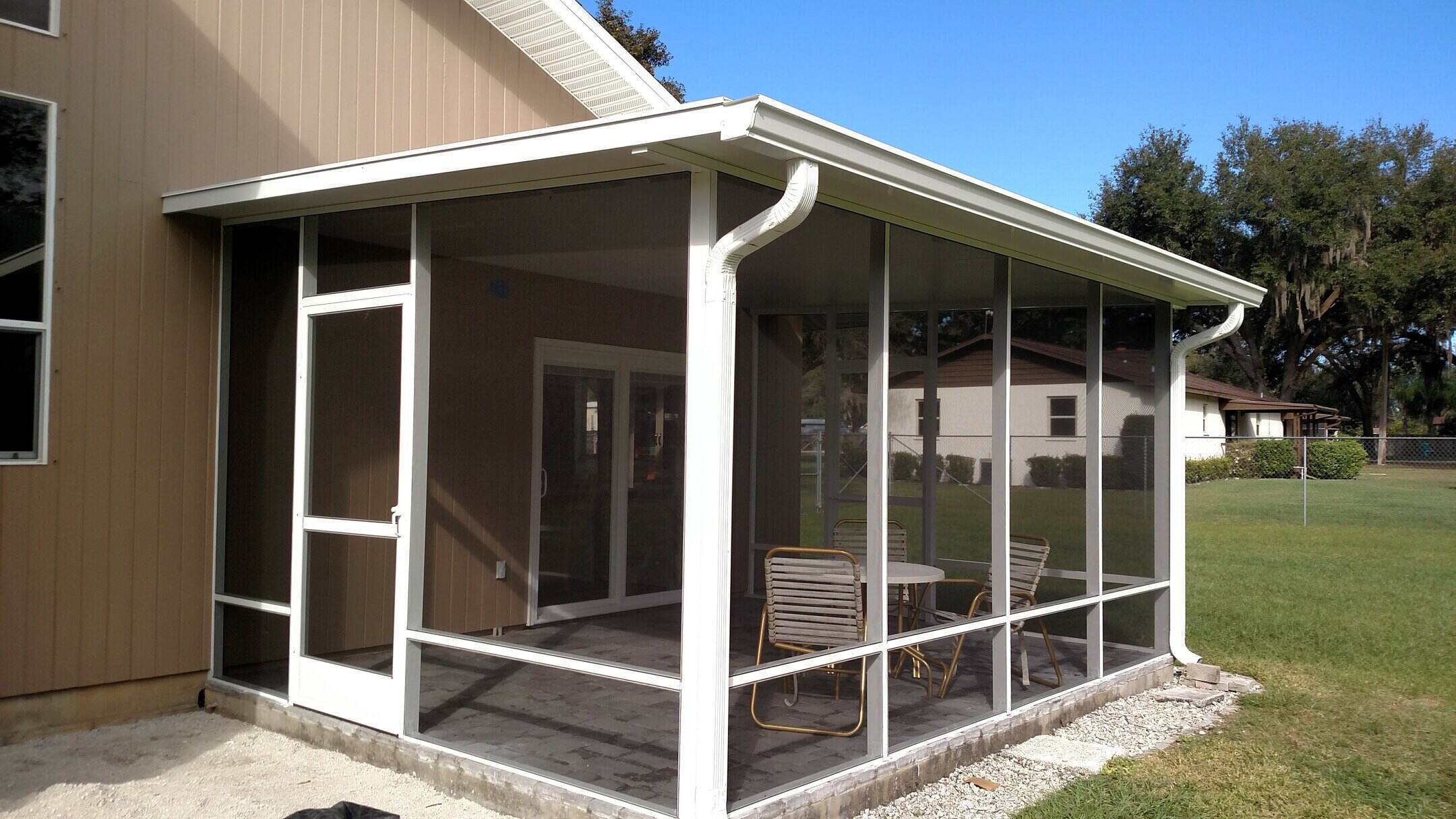
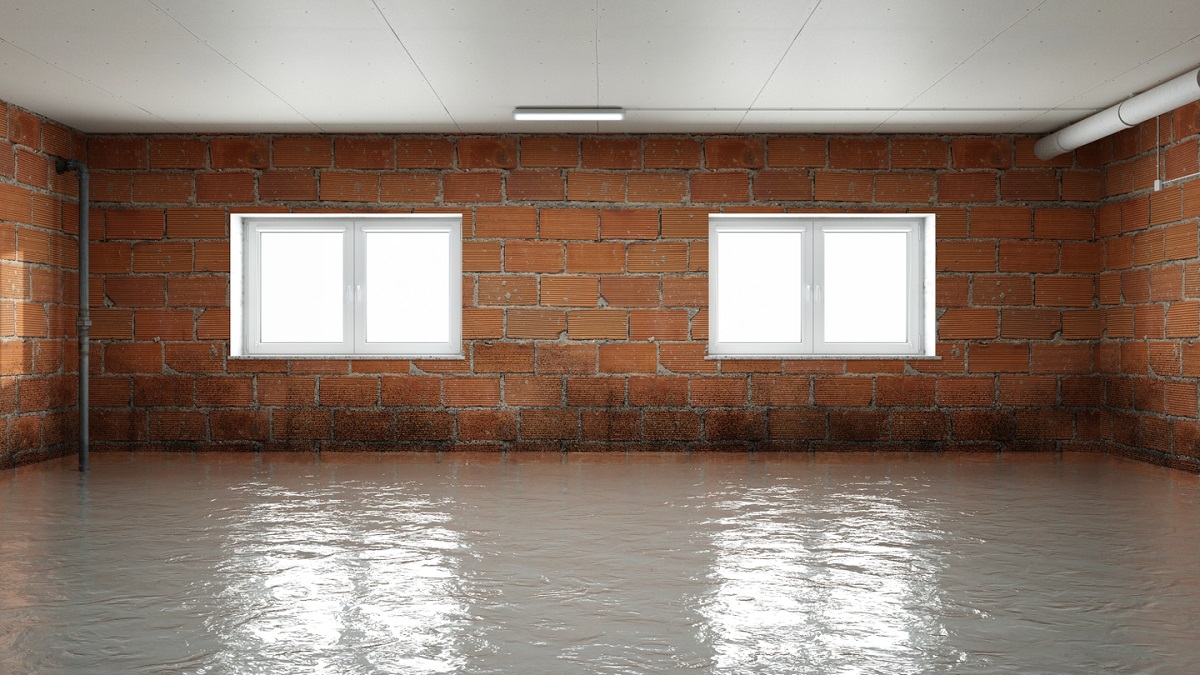

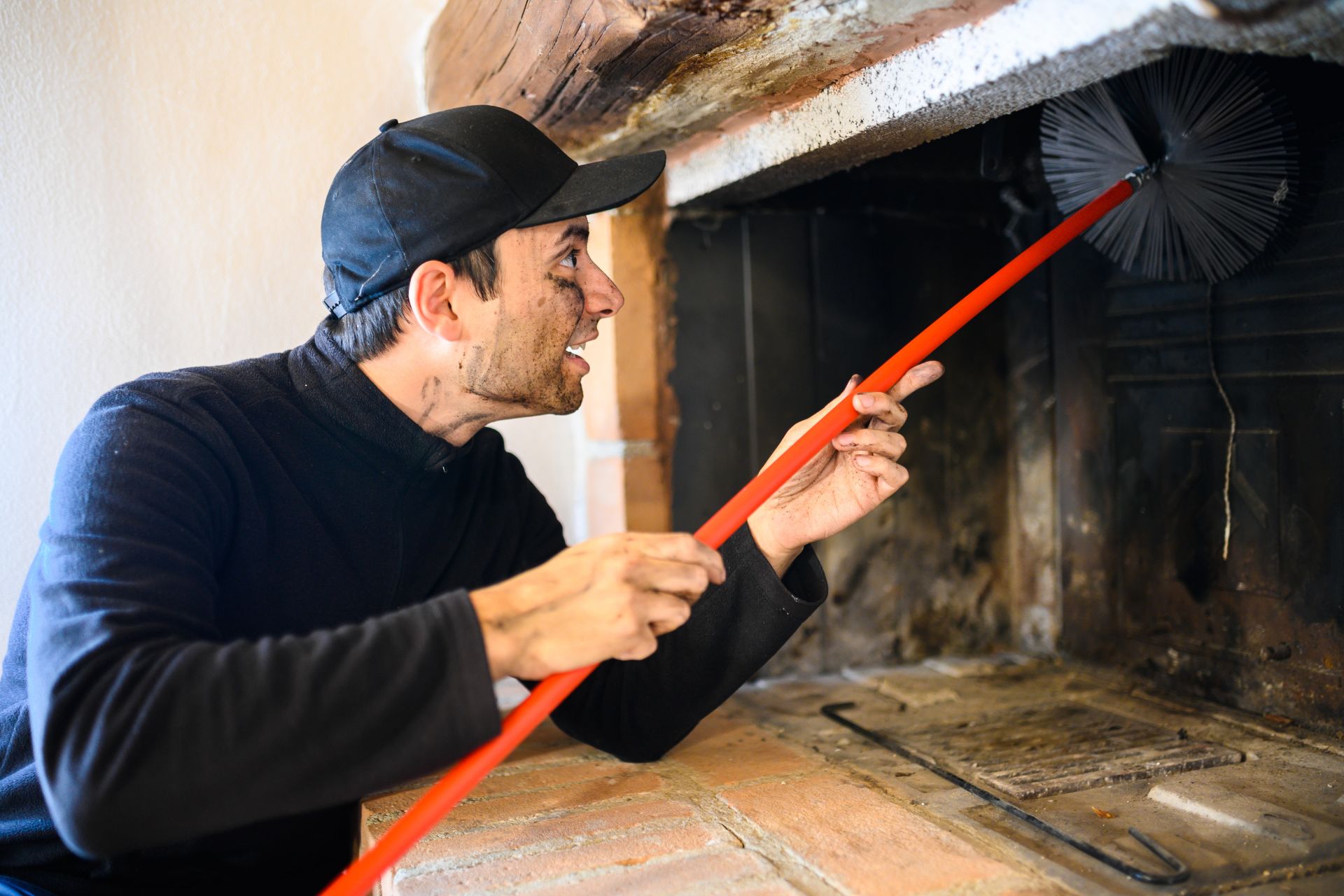

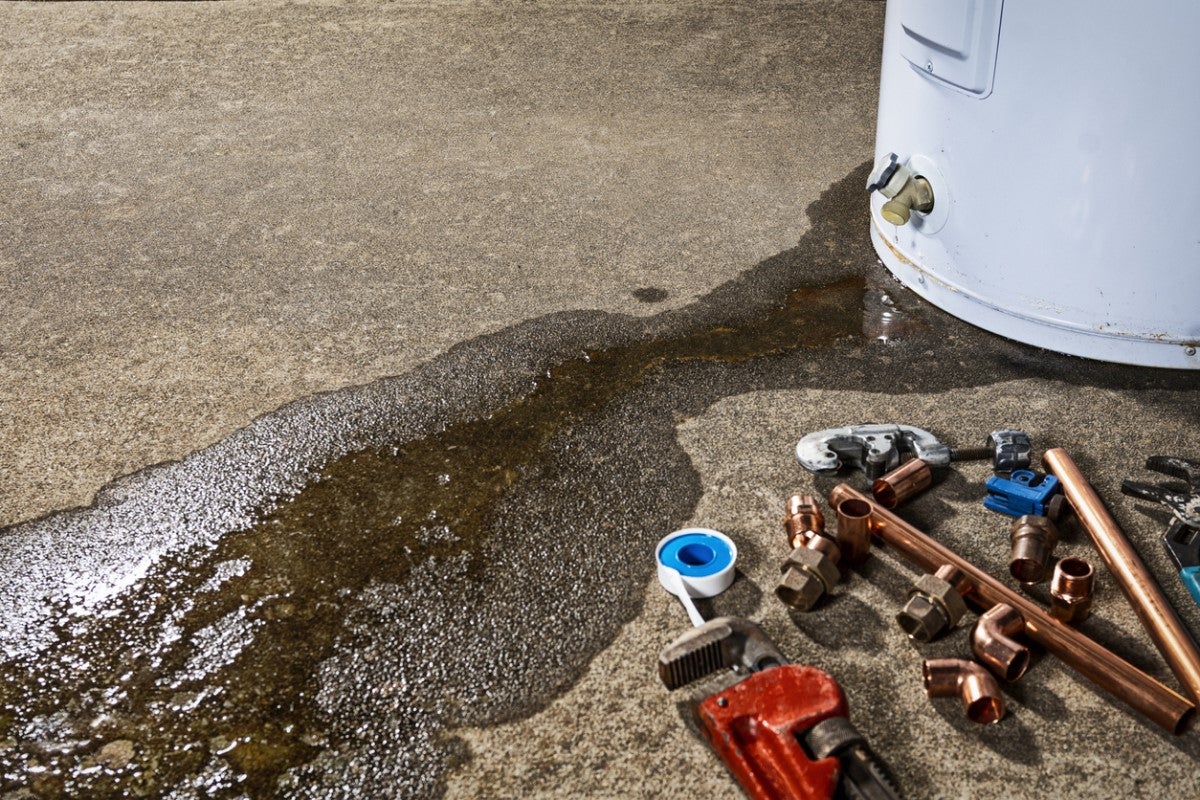

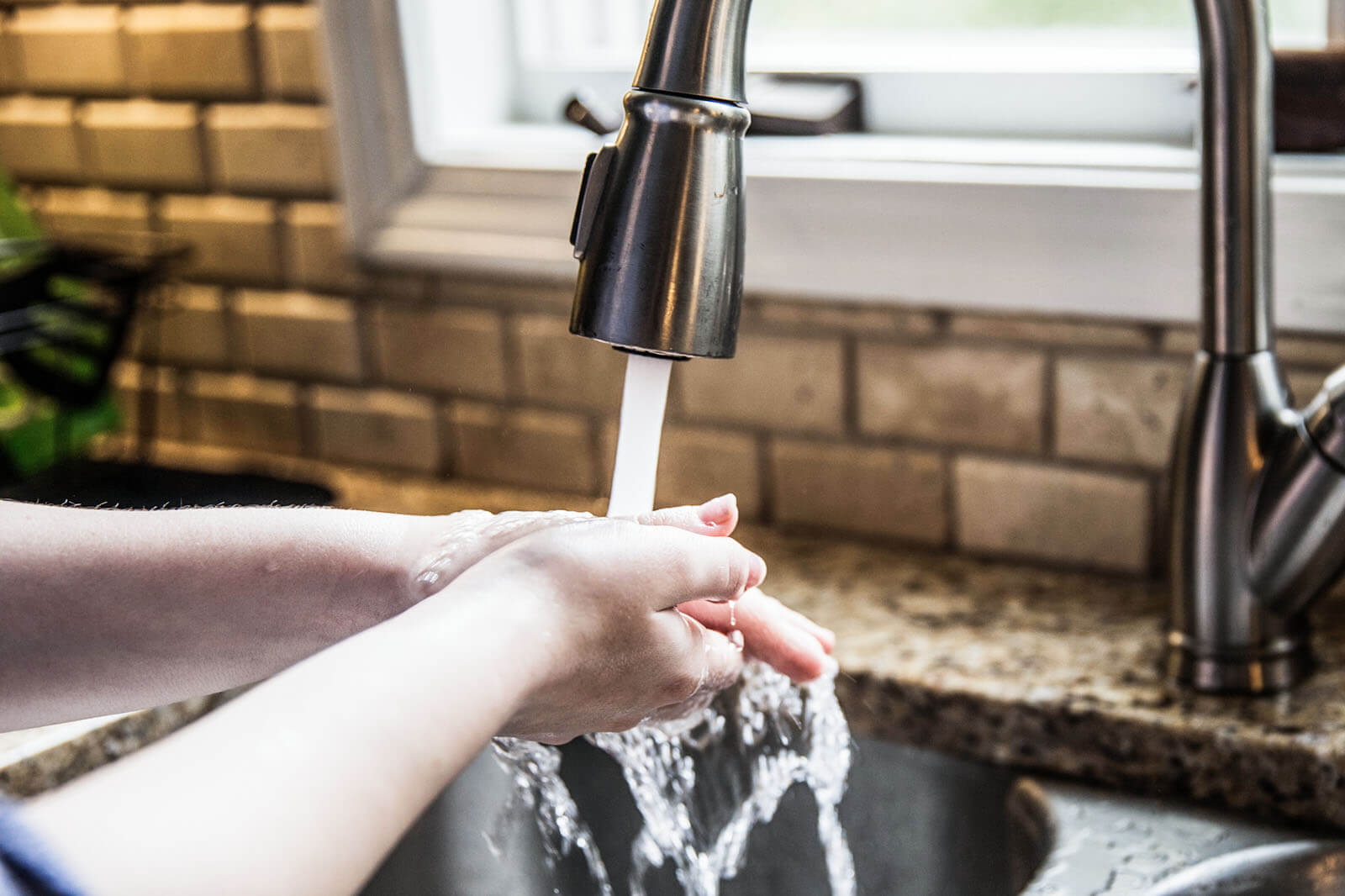

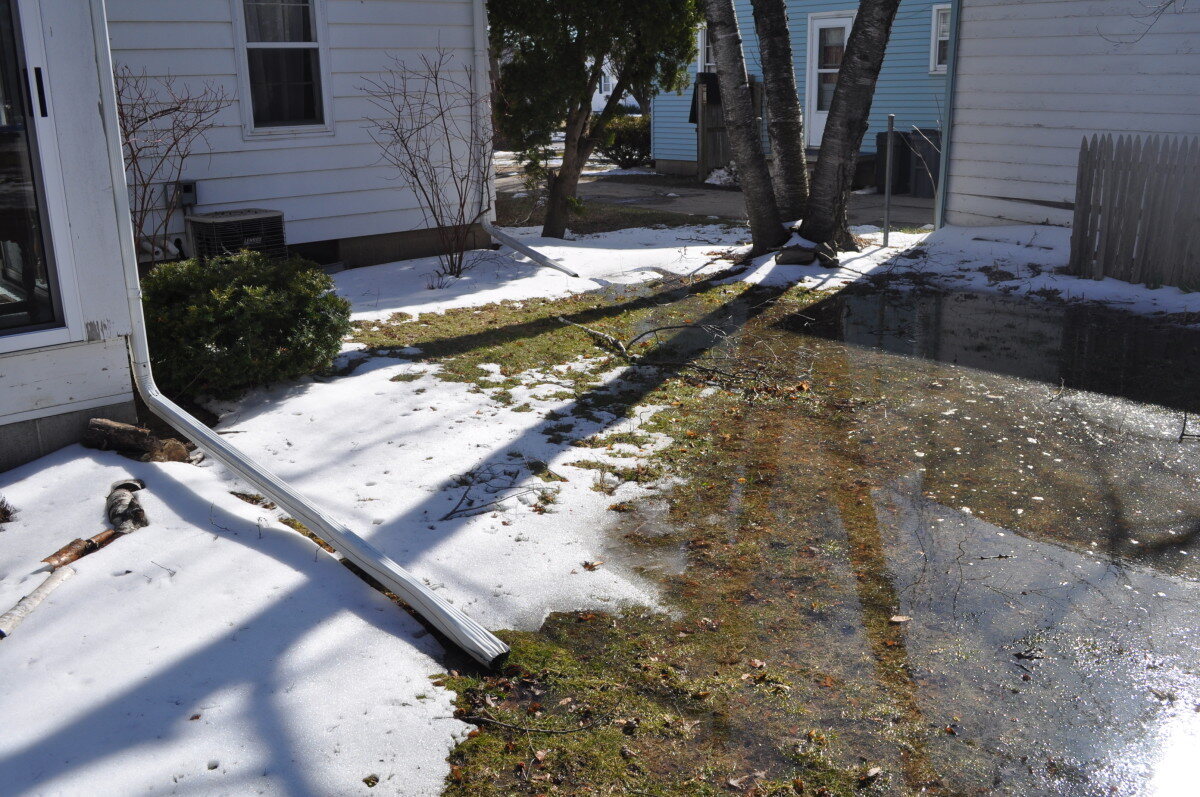
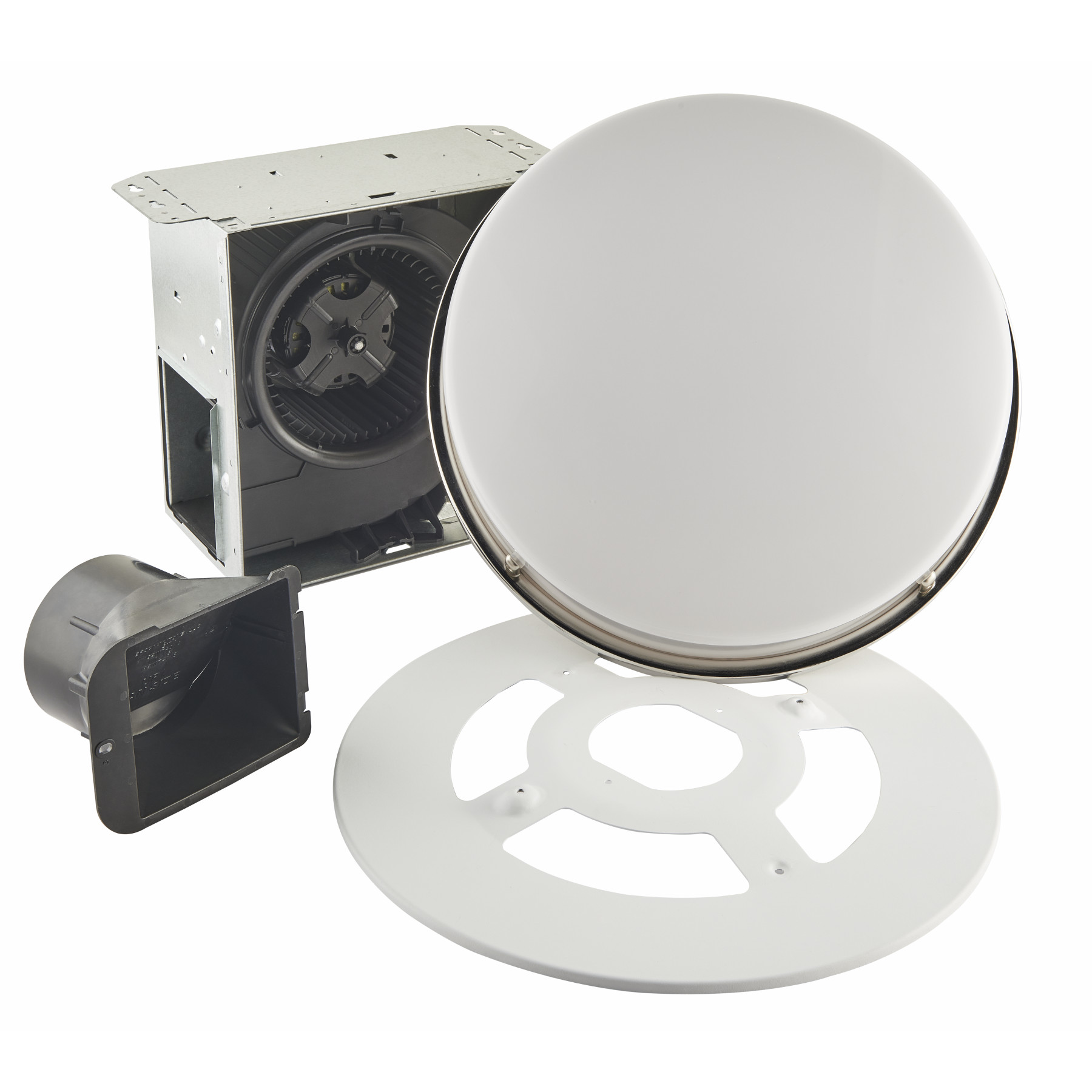
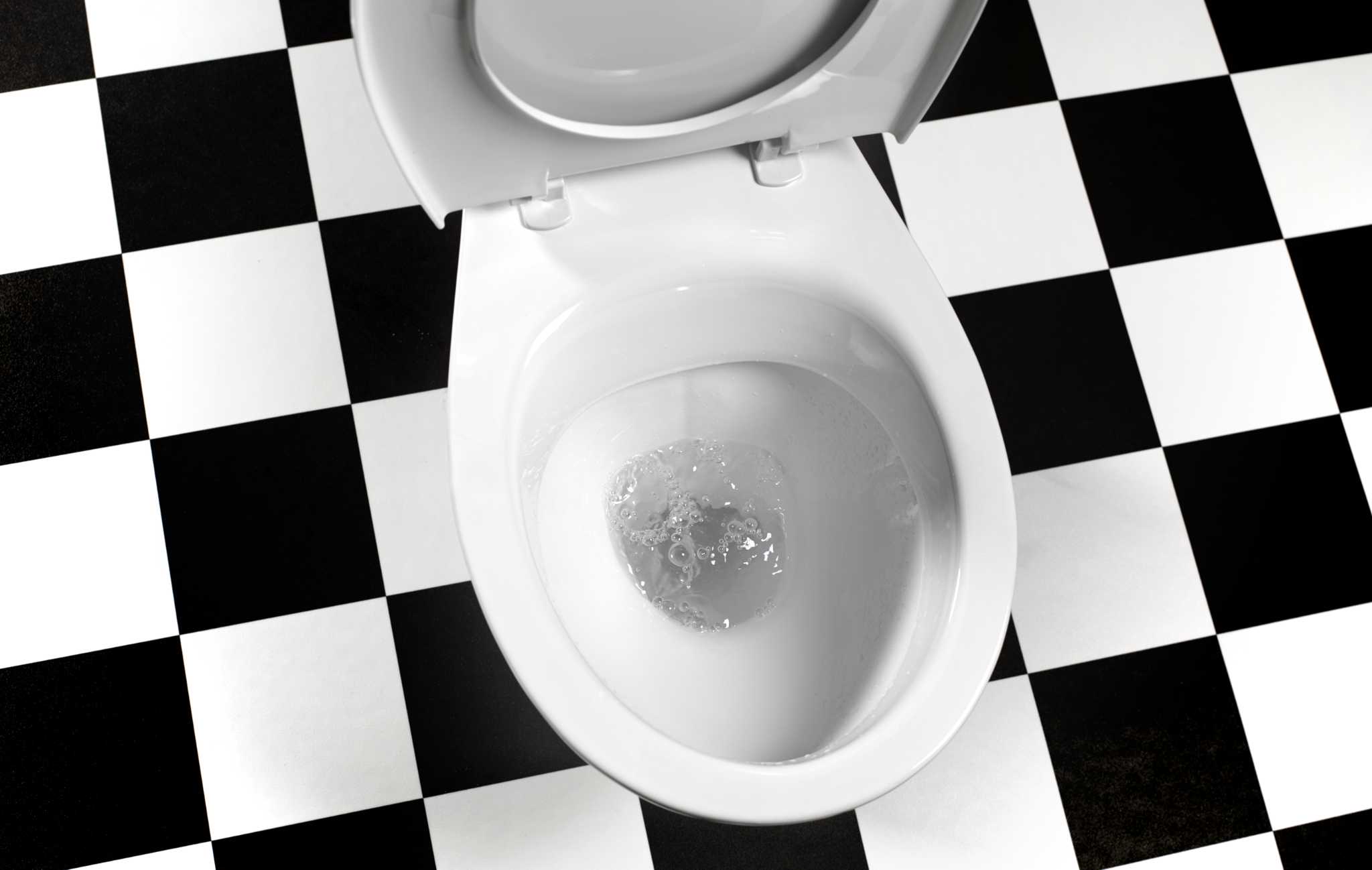
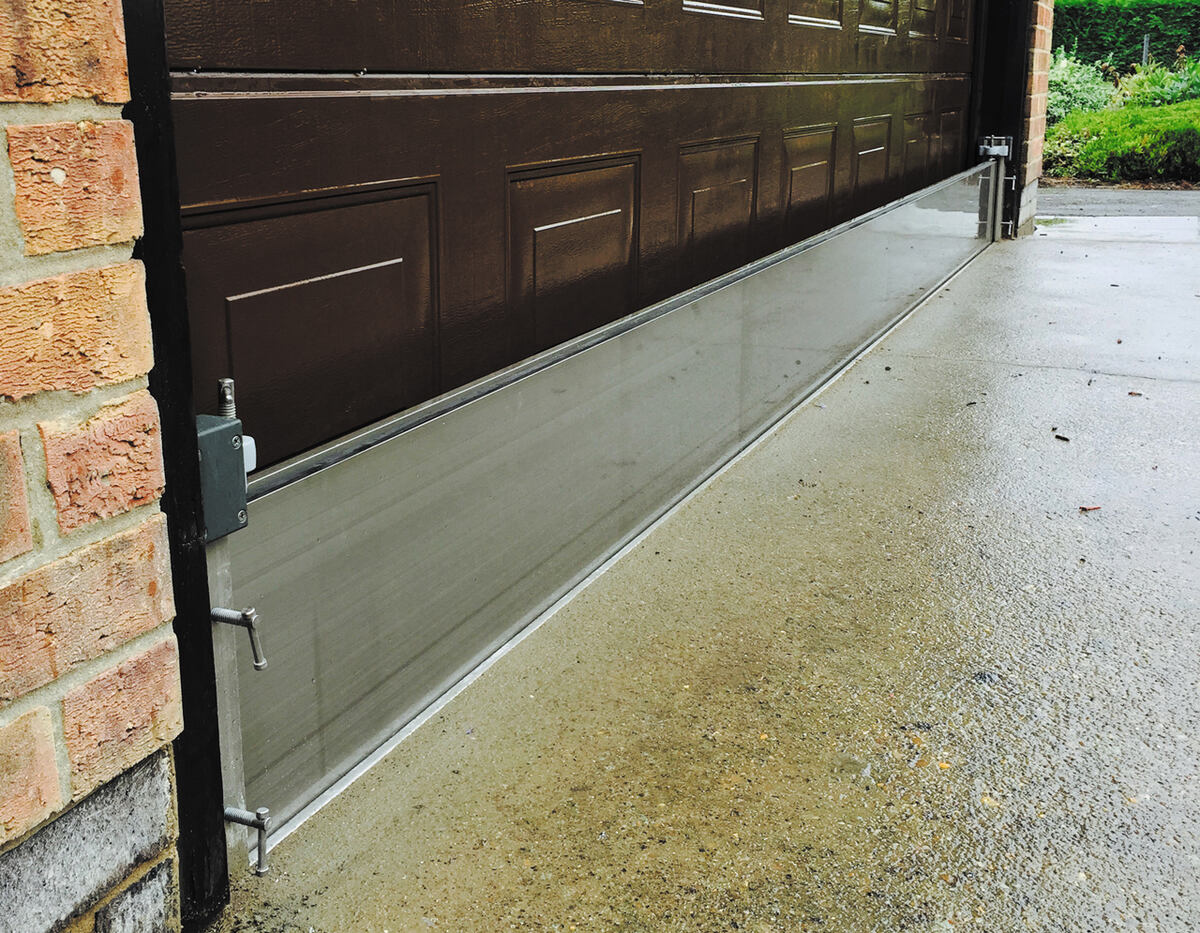

0 thoughts on “How To Stop Water From Coming In A Basement Window”